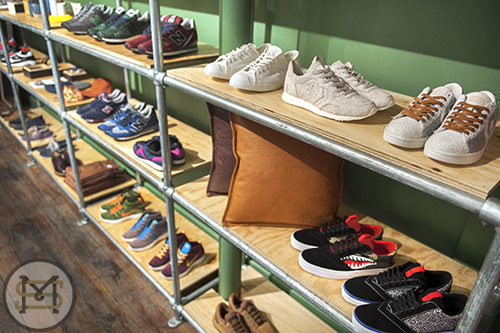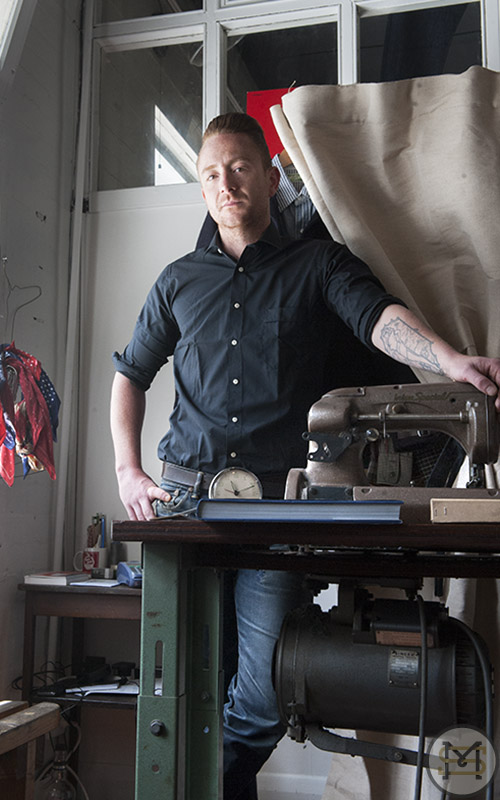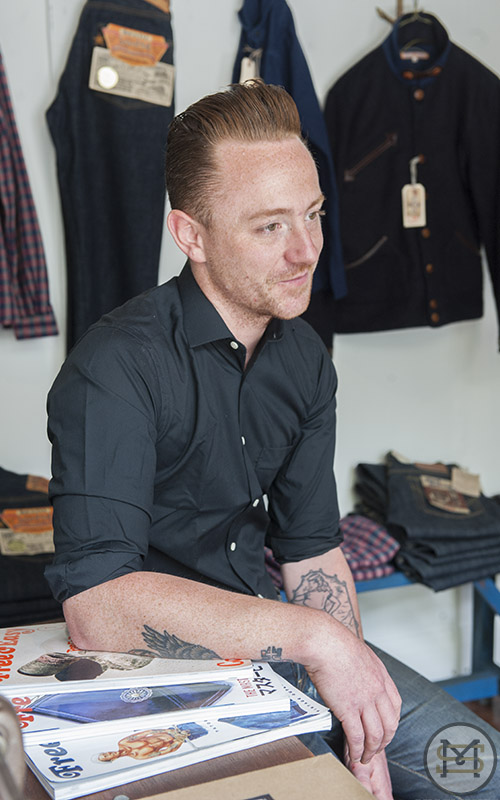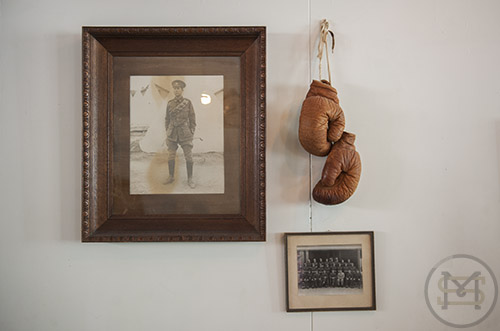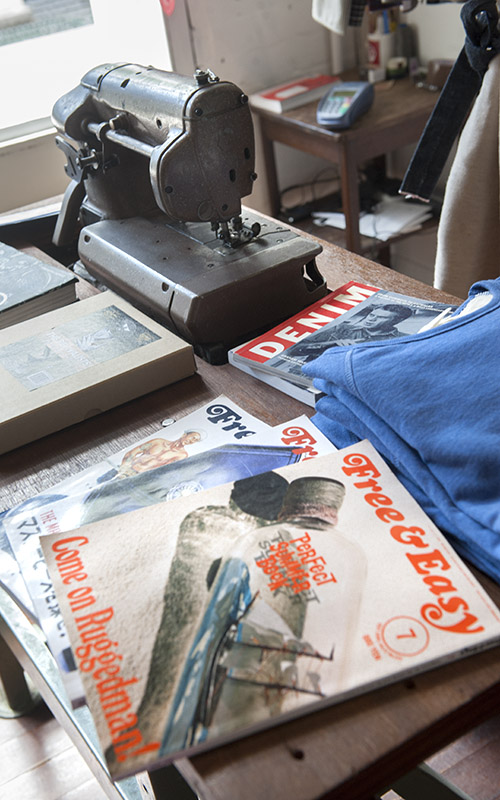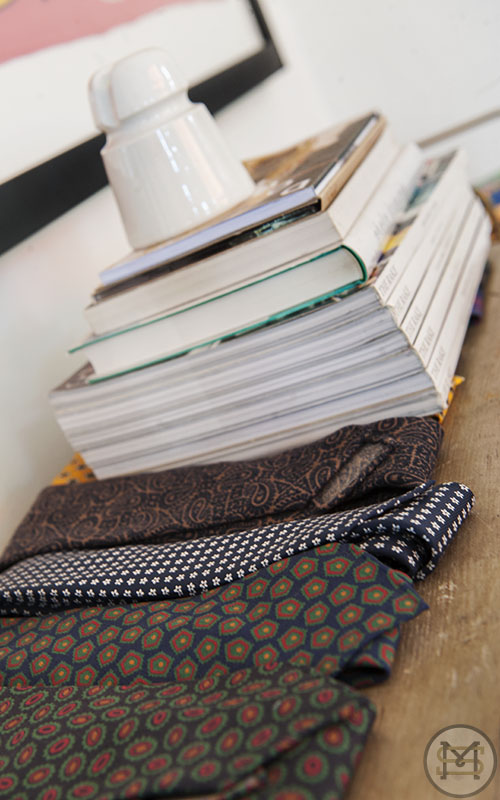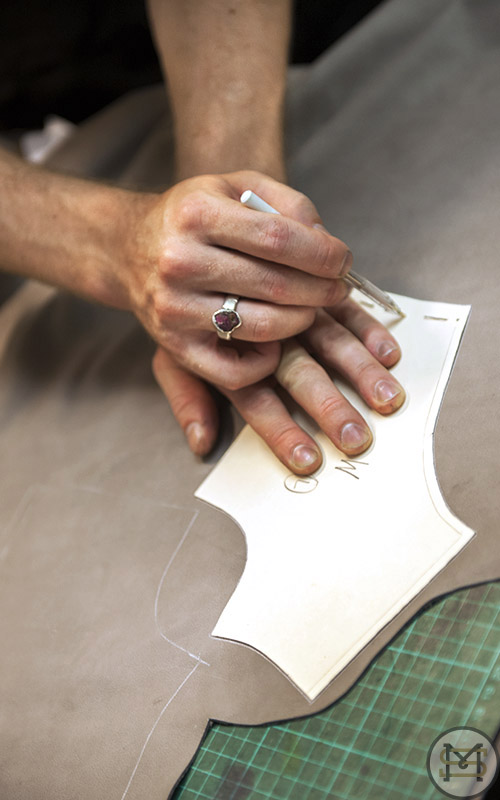Interview: Mike O'Meally
“If you’re good you put your neck on the line – that’s when it shows.”
- Mike O’Meally
It’s a Sunday afternoon when Makers sits down for an impromptu interview with Sydney-born photographer, Mike O’Meally.
We’re sitting in the front row of RMIT’s Storey Hall where the lensman has just wrapped up a powerful closing speech at the 2014 Carbon Festival. It’s been a challenge separating the artist from a large group of assorted skaters and hangers-on, but with the help of a lone publicist we’ve managed to wrangle the New York-based snapper on to an empty chair.
Working in the industry for 20 years (including a long running stint as the senior photographer for ‘Transworld Magazine’), this 40-year-old’s pictures of professional skateboarders and boxers have received critical acclaim in the art world: he was the subject of a one-man retrospective exhibition late last year at Sydney’s China Heights Gallery, no mean feat for a photographer who began his career operating firmly within the trenches of sporting subculture.
Bobby Puleo Brooklyn, NYC June 2001.
O’Meally holds a firm gaze as we begin talk about his career, a look that makes immediately evident he is a man who doesn’t suffer fools.
“I’m a tough cookie,” he states by way of introduction. “Come on, I can take it.”
Raised in a strong Irish Catholic household, Mike began playing sports at an early age, encouraged by his father.
Mike: “My dad would play Irish war songs on a Saturday morning as I was getting ready for football practise.”
He picked up a skateboard during his teenage years and, later, enrolled in Fine Arts at the University of New South Wales. It was the beginning of a marriage of passions.
Family, love and war are all strong themes in the photographer’s daily life, serving as both the foundation of his person and the inspiration behind much of his photography.
Mike: “There are some others that I tap into with my work, but they’re pretty strong ones.”
Broadway & Astor Place, NYC September 2001
As we settle further into our chat, it becomes obvious that the skateboarding community has become an extended family for the often-itinerant photographer.
Mike: “With skateboarding, the skaters are constantly putting their physical wellbeing on the line and you have to earn their trust. You spend a lot of time with them, apart from actually taking their pictures and skating. You have to become a rogue family in some ways.”
Being able to earn the trust of his subjects and put them at ease means that all of O’Meally’s work displays a real sense of what the father of photojournalism, Henri Cartier-Bresson, describes as “the decisive moment”. Documenting not only the world of skateboarding, but his travels to countries as diverse as Egypt, South Africa & throughout the USA, O’Meally’s images stand out not only for their composition, but because he seems to be looking for real meaning in the way people react to their environment & to each other.
He breaks eye contact to check the phone softly buzzing in his pocket. “Sorry, that’s my mate,” he tells us by way of explanation. “How much more do you need, two minutes, five minutes? He’s got a beer waiting for me.”
It’s the perfect excuse to wrap things up with the artist, an interview challenged by his intensity and cock-sure confidence. As we gather our belongings we ask for one final quote.
Mike: “Hold your pistol, shoot straight. There’s a good quote for you. As a photographer you’ve got to shoot straight and love your subject.”
And with that he’s off, ready to join the rogue family that is both the support and focus of his photographic artistry.
Jason Jessee gets dragged by a '50 Ford, San Diego










































